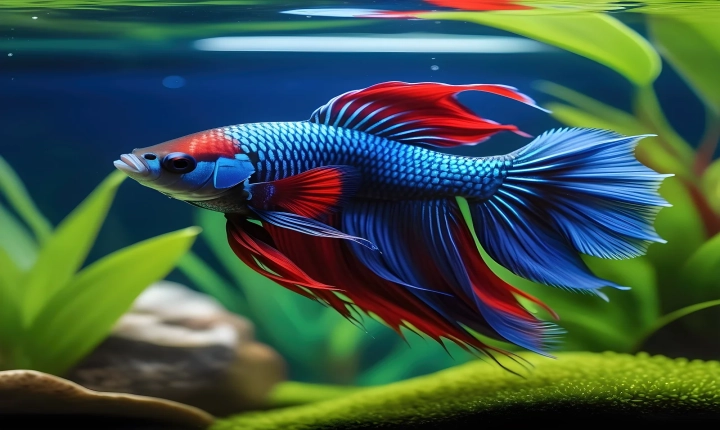Title: Is AI coming for commercial art jobs?
Artificial intelligence (AI) has made significant advancements in recent years, and its impact on various industries cannot be understated. One area that is increasingly being discussed is the potential for AI to affect commercial art jobs. As AI technology continues to advance, some fear that it could disrupt the traditional role of commercial artists and designers. However, the relationship between AI and commercial art is not simply a matter of replacement, but rather a complex interplay of collaboration and innovation.
AI has already made inroads into the world of commercial art through tools like computer-generated imagery (CGI), photo manipulation, and automated design programs. These technologies can assist artists and designers in creating stunning visuals and optimizing the production process. For example, AI algorithms can analyze consumer data and preferences to help design products and advertisements that are more likely to resonate with target audiences.
One of the most significant impacts of AI on commercial art is its ability to streamline repetitive tasks and improve the efficiency of the creative process. This allows artists and designers to focus on the more conceptual and strategic aspects of their work, leading to higher-quality outputs. However, this efficiency gains from AI may also lead to concerns about job displacement and the devaluation of human creativity in the industry.
It’s essential to recognize that AI and commercial art are not mutually exclusive, but rather complement each other. The human touch in art remains irreplaceable, as it embodies emotions, intuition, and a deeper understanding of human experiences. While AI can assist in generating art and design elements, it lacks the ability to truly understand and express the complexities of the human condition.
Moreover, art is often deeply intertwined with culture, identity, and personal expression. Commercial artists bring a unique perspective and storytelling ability that AI cannot replicate. Human creativity and originality allow for the creation of art that resonates with people on a profound level, evoking emotions and sparking conversations.
In fact, examples of collaboration between commercial artists and AI are emerging, showcasing the potential for a harmonious relationship. Artists can harness the power of AI to explore new techniques, generate innovative ideas, and expand their creative capabilities. AI can serve as a tool for inspiration and exploration, rather than a replacement for human creativity.
Ultimately, the rise of AI in commercial art presents an opportunity for artists and designers to adapt and evolve alongside technology. Instead of fearing displacement, the industry can embrace AI as a partner in creativity, enabling artists to push the boundaries of what is possible in art and design.
In conclusion, while AI has the potential to revolutionize the commercial art industry, its impact should be viewed as a catalyst for innovation, rather than a threat to traditional roles. Collaboration and integration between human creativity and AI technology can lead to exciting new possibilities in the world of commercial art. While some aspects of the creative process may become more automated, the essence of art and design as an expression of the human experience remains indispensable.
As we move forward, the key lies in recognizing the unique strengths of both AI and human creativity and finding ways to merge them harmoniously. The future of commercial art is not about AI versus human artists, but rather about the symbiotic relationship that can propel the industry to new heights of artistry and innovation.
